All About Tu B'Shevat
Rosh HaShanah L’Ilanot | The Jewish New Year for Trees
Night of January 24 to Day of January 25/ Shevat 15
“To reach for the sky, we must remain connected to our roots!”
Fun Facts
Many Jews, in particular from the Chassidic community, will candy or pickle their Etrog from Sukkot to eat on Tu B’Shevat. It is also thought of as a fitting day to pray for a beautiful Etrog for the following Sukkot.
During the early 20th century, the swamps of the Hula Valley were drained by JNF who planted Eucalyptus trees in a battle against malaria. While no longer facing existential crises, over 1,000,000 Israelis continue to take part in JNF’s Tu B’Shevat tree-planting activities each year.
“While the sage Choni was walking along a road, he saw a man planting a carob tree. Choni asked him: “How long will it take for this tree to bear fruit?” “Seventy years,” replied the man. Choni then asked: “Are you so healthy a man that you expect to live that length of time and eat its fruit?” The man answered: “I found a fruitful world because my ancestors planted it for me. Likewise, I am planted for my children.” (TB. Taanit 23a)
Ki HaAdam Eitz HaSadeh – “Man is like the tree of the field.” (Devarim 20:19)
We can learn much about how to be human from observing trees. How many lessons can you learn from trees and successfully apply to your life?
The Backstory
In many ways, Tu B’Shevat has more in common with the fiscal years of the business world than it does with our usual conception of Jewish holidays and celebrations. Tu B’Shevat literally means the 15th day of the Hebrew Month of Shevat and its original significance is as the calendar marker for calculating which ‘budget year’ the produce from fruit trees should belong to when you “make your allocations” and “pay your taxes” later in the year.
Just as in the financial arena, our productivity and agricultural success bring stability, but also responsibility. We are obligated to contribute from our prosperity to those less fortunate, to offer gratitude to God for our blessings, and to participate in the ritual rhythms of our people.
Tu B’Shevat’s sole mention in the Mishna comes at the beginning of Tractate Rosh Hashanah where it is listed among the four ‘New Years’ on the Jewish calendar which mark the transition points in various annual cycles. The Jerusalem Talmud (RH 1:2) explains the significance of this date as the earliest point at which all the life giving water that nourishes a fruit’s development can be assured to have derived from the waters of the new year which began four months earlier with the onset of the rainy season in Israel.
The Torah establishes a seven year Sabbatical cycle where the land of Israel is to lay fallow during the 7th year. Farming is prohibited, and all produce of this 7th year (Shmittah) which grew on its own was treated as sanctified and ownerless, available to all equally. Additionally, during years 1, 2, 4, and 5 of this cycle, a portion of a farmer’s crop was to be brought to Jerusalem and eaten there (Ma’aser Sheini), while during years 3 and 6 of this cycle, that same portion was to be given to the local poor (Ma’aser Ani). Determining which year of this cycle a particular fruit should be categorized as is dependent on whether the fruit of the tree had begun to blossom prior to Tu B’Shevat, or only after.
Similarly, the Torah (Vayikra 19:23-25) establishes the laws of Orlah and Neta Riva’i dictating that during the first 3 years following a tree’s planting all fruit is forbidden to be consumed, and that the 4th year’s produce be sanctified and brought to Jerusalem for consumption there. It is only in the 5th year that all fruit may be freely consumed. Tu B’Shevat serves as the “birthday” for trees when determining their age at the time of a fruit’s blossoming. Thus fruit blossoming on the 16th of Shevat is considered to belong to a tree which is a full year older than one reaching the same milestone two days earlier on the 14th of Shevat.
How We Celebrate
Eating Fruits and nuts, in particular those with a connection to the land of Israel. These include grapes, dates, figs, pomegranates and olives which are among the Seven Species of the Land of Israel named in the Torah (Devarim 8:8) as well as Etrog (the citron fruit used on Sukkot), almonds and carob which are also associated with the land of Israel. Eating a “new fruit” which one has yet to have eaten during the year also allows for the recital of the special Shehecheyanu blessing.
Nurturing our Joy and Appreciation for the promise and opportunity we have been blessed with is another important element for the day. This optimistic gratitude is reflected in the traditional prayer service through the omission of the Tachanun prayer and an abstention from formal eulogy for the deceased. There are no celebratory meals and work prohibitions for Tu B’Shevat as they would be premature.
Planting Trees and general environmental consciousness have become modern associations for Tu B’Shevat especially in Israel where it functions as a national holiday. The Jewish National Fund (JNF – Keren Kayemet L’Yisrael) arranges for trees to be planted in Israel on behalf of people around the world. Due to their energies, Israel enjoys a net growth in trees during the last century.
Tu B’Shevat Seders, an outgrowth of Kabbalistic teachings and practices have become an immensely popular ‘modern Minhag’ (custom). Differing guides for this Seder can be found published by many Jewish denominations and organizations. All tend to involve reflecting on the metaphor of various fruits (typically 10) and shades of wine (typically 4 cups blending white to red) but often address very different themes.





